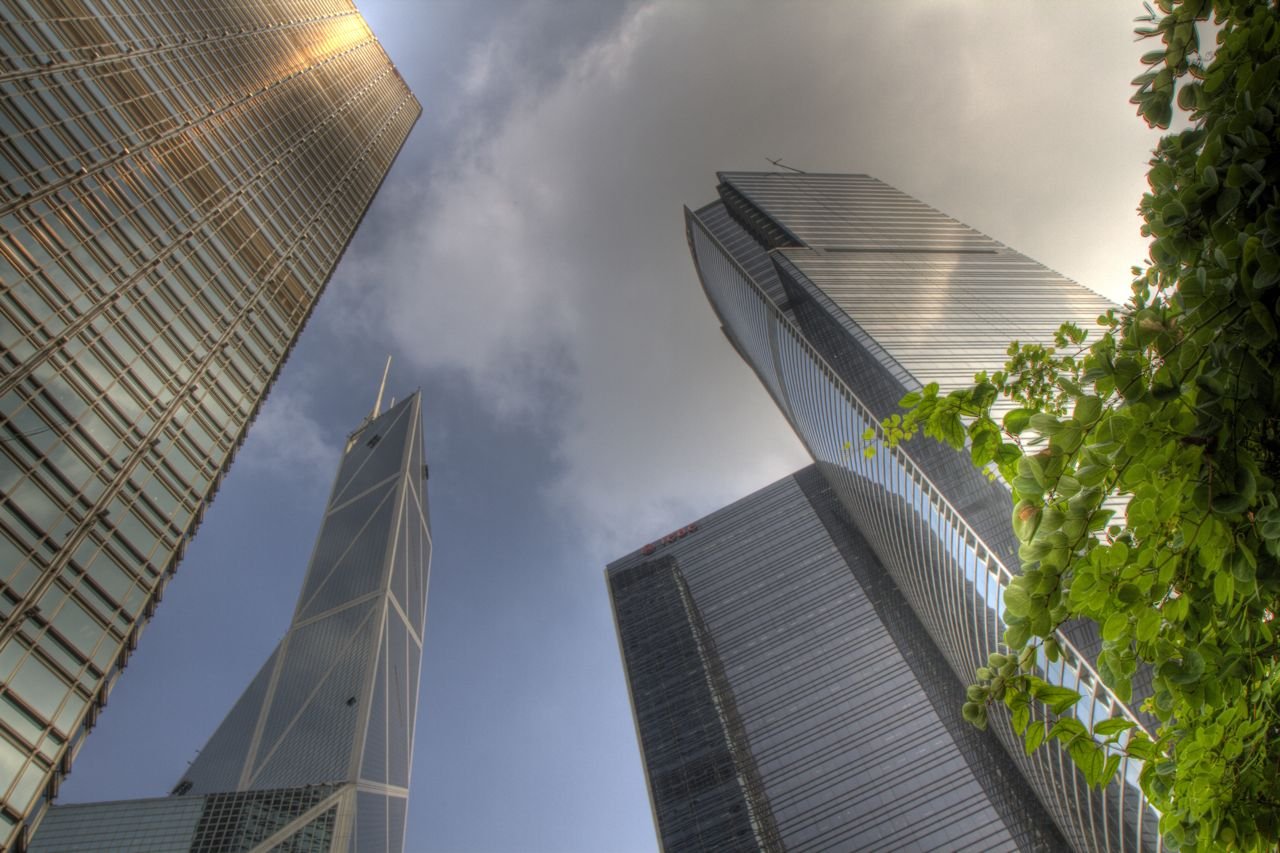Window to the Great Wall of China
Sunset over the Great Wall of China and Guide to Photographing the Great Wall
The best place to end an epic month in China must be the Great Wall. It's one of those iconic places that I've always had on my 'to photograph' list and it didn't disappoint. It's worth driving a couple of hours outside the city to see the wall in a better location and it really blows you away. The sheer size of it and the way it disappears into the distant mountains really starts to put it into perspective. My driver found a great spot for me to capture the sunset glow over the Great Wall, and I found a great vantage point through a window, which required setting up the tripod and waiting until the sun was just dipping behind the Beijing Mountains to get the best colour lighting up the great wall. This required 5 separate photographs all taken at different exposures. Two exposures captured the detail from inside the Great Wall of China, and the other three exposures captured all the detail and colour on the outside.
Photographing the Best Locations Along the Great Wall of China
The Great Wall of China is one of the most iconic landmarks in the world, stretching over 13,000 miles through mountains, deserts, and lush landscapes. For photographers, it’s a dream destination full of dramatic scenery and history. Here’s how to make the most of your visit with tips on the best spots, practical advice, and photography tricks.
Top Locations for Capturing Stunning Photos
1. Mutianyu
Why it’s great: Less crowded than the popular Badaling section and surrounded by dense forests.
Photo opportunities: The wall snakes through green hills, offering a mix of restored and untouched sections. Visit in autumn for vibrant colours.
Tips: Get there early for sunrise shots or take the cable car up for sweeping views.
2. Jiankou
Why it’s great: Known for its rugged, wild beauty, this section is mostly unrestored.
Photo opportunities: Capture dramatic, crumbling walls and sharp mountain ridges.
Tips: A hike here can be challenging, so wear sturdy shoes. Best for adventurous photographers who don’t mind the climb.
3. Badaling
Why it’s great: The most famous and well-preserved section, perfect for wide shots of the wall winding across the hills.
Photo opportunities: Sunrise or sunset here is magical, though the crowds can be intense.
Tips: Visit during off-peak times, like weekdays or early mornings, to avoid the busiest crowds.
4. Simatai
Why it’s great: One of the only sections open at night, offering unique nighttime photography.
Photo opportunities: Golden hour shots and long-exposure images of the wall lit under the stars.
Tips: Bring a tripod for night photography and dress warmly if visiting after dark.
5. Huanghuacheng
Why it’s great: Known as the "Water Great Wall" because part of it is submerged in a lake.
Photo opportunities: Reflective shots of the wall meeting the water, especially during the golden hour.
Tips: A great spot for creative compositions with reflections and natural elements.
Photography Tips and Tricks
Plan for the Golden Hours
The soft light at sunrise and sunset adds warmth and depth to your photos.Pack a Wide-Angle Lens
To capture the sweeping grandeur of the wall, a wide-angle lens is essential.Look for Unique Angles
Try photographing from towers, looking down sections of the wall, or framing shots with trees and nature for added depth.Bring a Tripod
Essential for low-light shots and long exposures, especially at Simatai for night photography.Use Leading Lines
The wall itself is a natural leading line, drawing the viewer’s eye through your photo.
Logistical Advice for Photographers
Getting Around
Transport: Most sections can be reached by public transport or organised tours. Hiring a private driver can save time.
Best Time to Visit: Spring (April–May) and autumn (September–October) for comfortable weather and stunning colours.
Packing Essentials
Camera gear (with extra batteries and memory cards)
Comfortable walking shoes for uneven surfaces
Snacks and water, especially for remote sections
Sunscreen and a hat for protection in summer
Staying Overnight
Some sections like Simatai and Jinshanling offer nearby accommodation, allowing you to catch sunrise or sunset without rushing.
Dealing with Crowds
Avoid weekends and public holidays.
Go early in the morning or later in the day for quieter experiences.
Photographing the Great Wall of China is a bucket-list experience for any photographer. Whether you’re after dramatic landscapes or intricate details of the ancient bricks, planning ahead and being patient will help you capture its beauty. So grab your camera, hit the trail, and let the Great Wall inspire your creativity!
Looking for more photography tips or inspiration? Check out my other travel photography guides for advice on capturing iconic locations.









